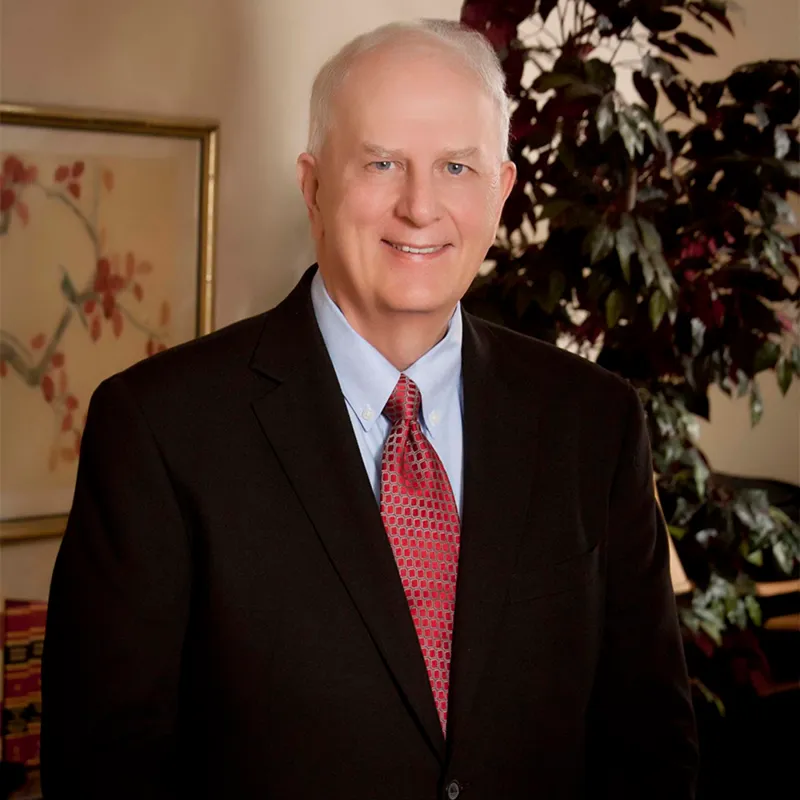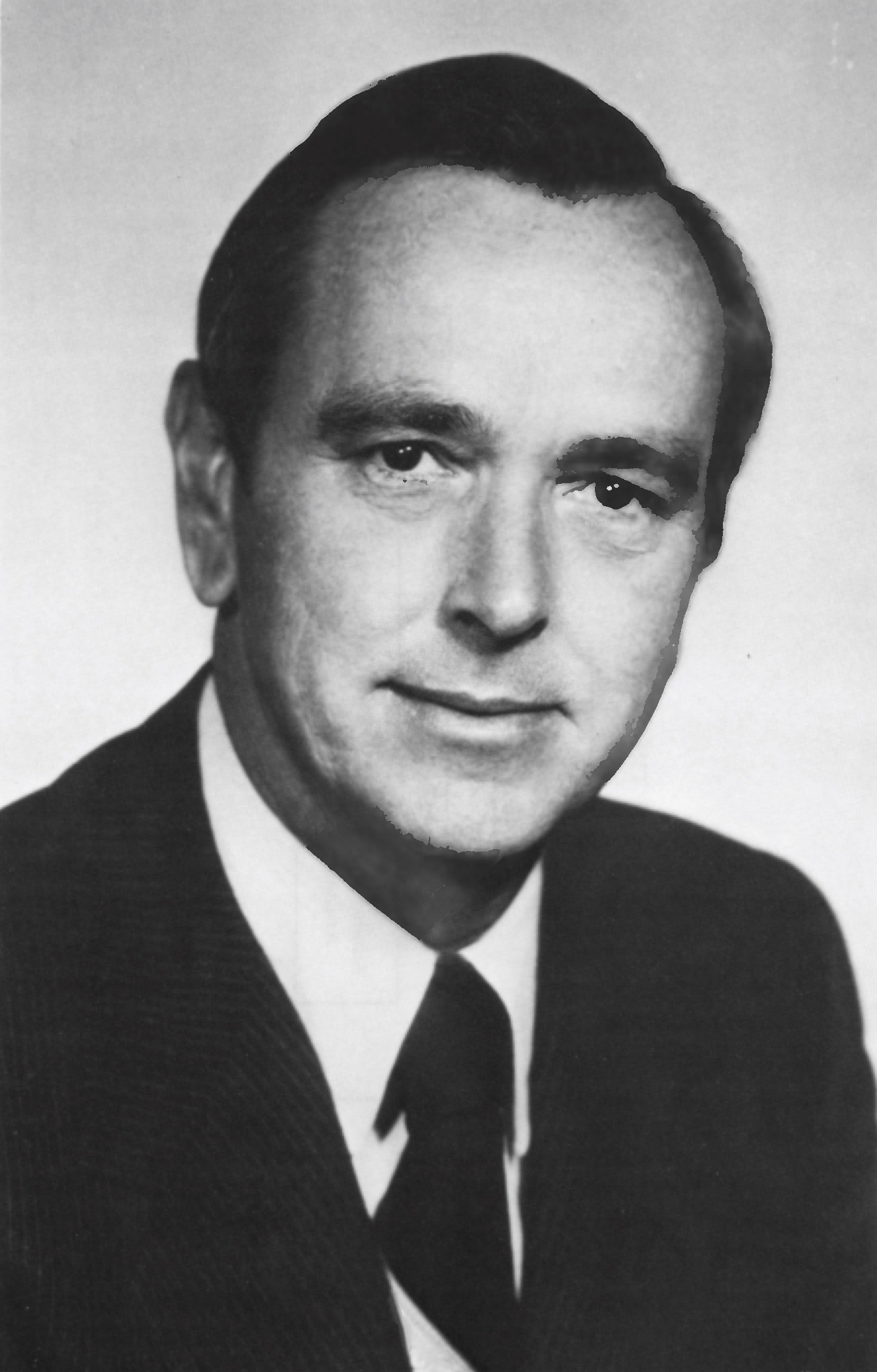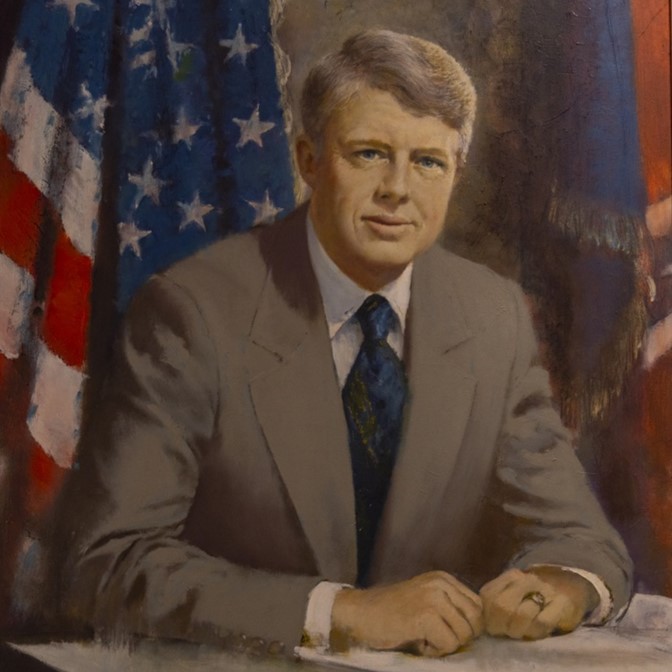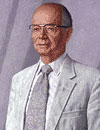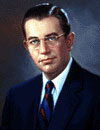This website uses cookies so that we can provide you with the best user experience possible. Cookie information is stored in your browser and performs functions such as recognizing you when you return to our website and helping our team to understand which sections of the website you find most interesting and useful. Please see our privacy policy for more information.
Georgia
Gov. Lyman Hall
- January 8, 1783 - January 9, 1784
- Whig (radical faction)
- April 12, 1724
- October 19, 1790
- Connecticut
- Yale University
- Married twice—Abigail Burr, Mary Osborne; one child
- Physician/Dentist
- Signer of the Declaration of Independence
About
LYMAN HALL, a leader in the Revolutionary movement, was born in Wallingford, Connecticut on April 12, 1724. His education was attained at Yale University, where he graduated in 1756 with a medical degree. He also became a Congregational minister, but left the ministry in order to establish his medical career. He eventually moved to Sunbury, Georgia, where he established a successful plantation, as well as a medical practice. Hall first entered politics in 1775, serving as a member of the Second Continental Congress, a position he held until 1780. He also was a signer of the Declaration of Independence. Afterwards, he became an enemy of the British, and British troops burned his house and plantation in Sunbury in 1778. Hall fled the state and returned in 1782, winning election to the governorship. During his tenure, steps were initiated that later established the state’s educational system. Hall was respected for his intelligence and integrity. After completing his term, he served in the Georgia House of Representatives in 1783 and 1784 and as Justice of the Inferior Courth of Chatham County from December 1789 until he resigned in September 16, 1790, due to poor health. He also continued to stay active in his medical career. Governor Lyman Hall passed away on October 19, 1790, and was buried in Augusta. In 1837 the Georgia legislature appropriated funds to buy the site of Hall’s grave and to build a memorial called the Signer’s Monument, where all three Signers of the Declaration of Independence are buried. Hall County in north Georgia was named in his honor in 1818.
Source
Cook, James F. Governors of Georgia, 1754-2004. 3d ed. Macon, Ga.: Mercer University Press, 2005.




